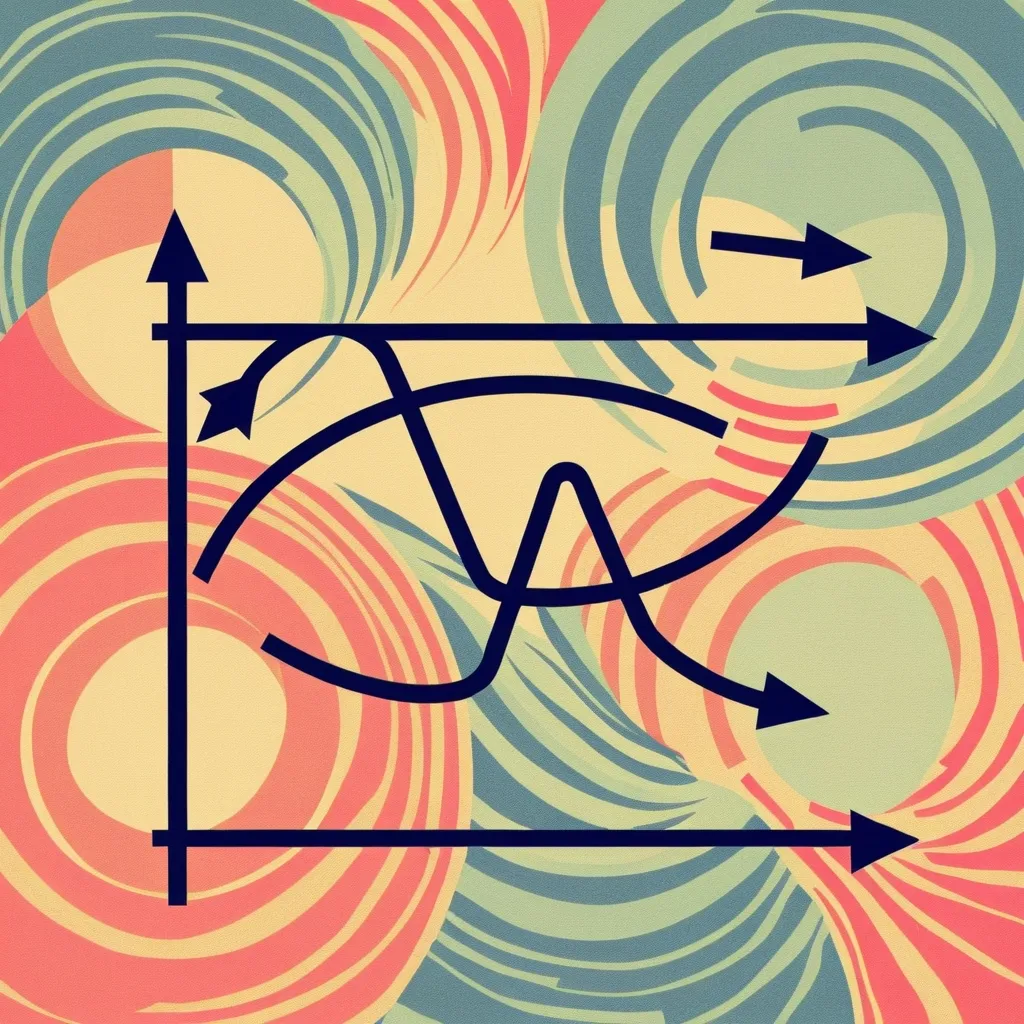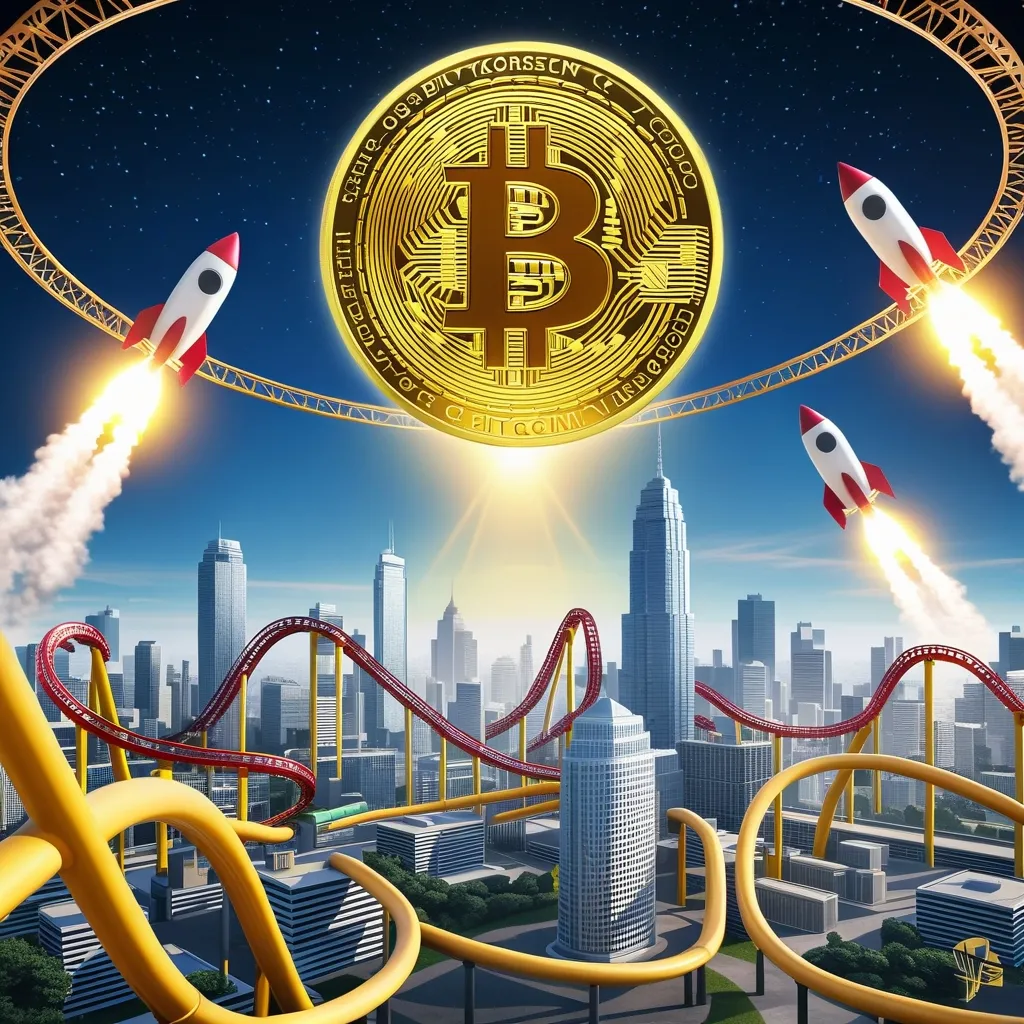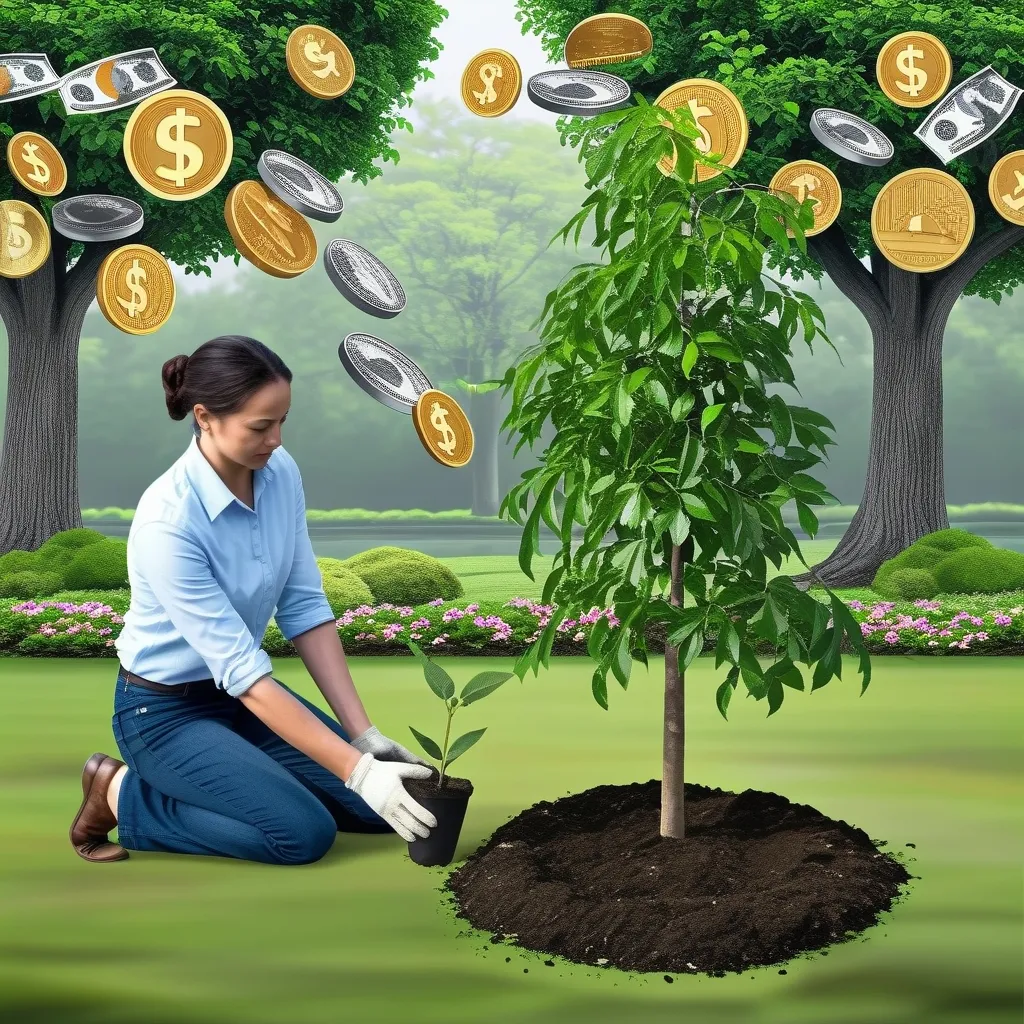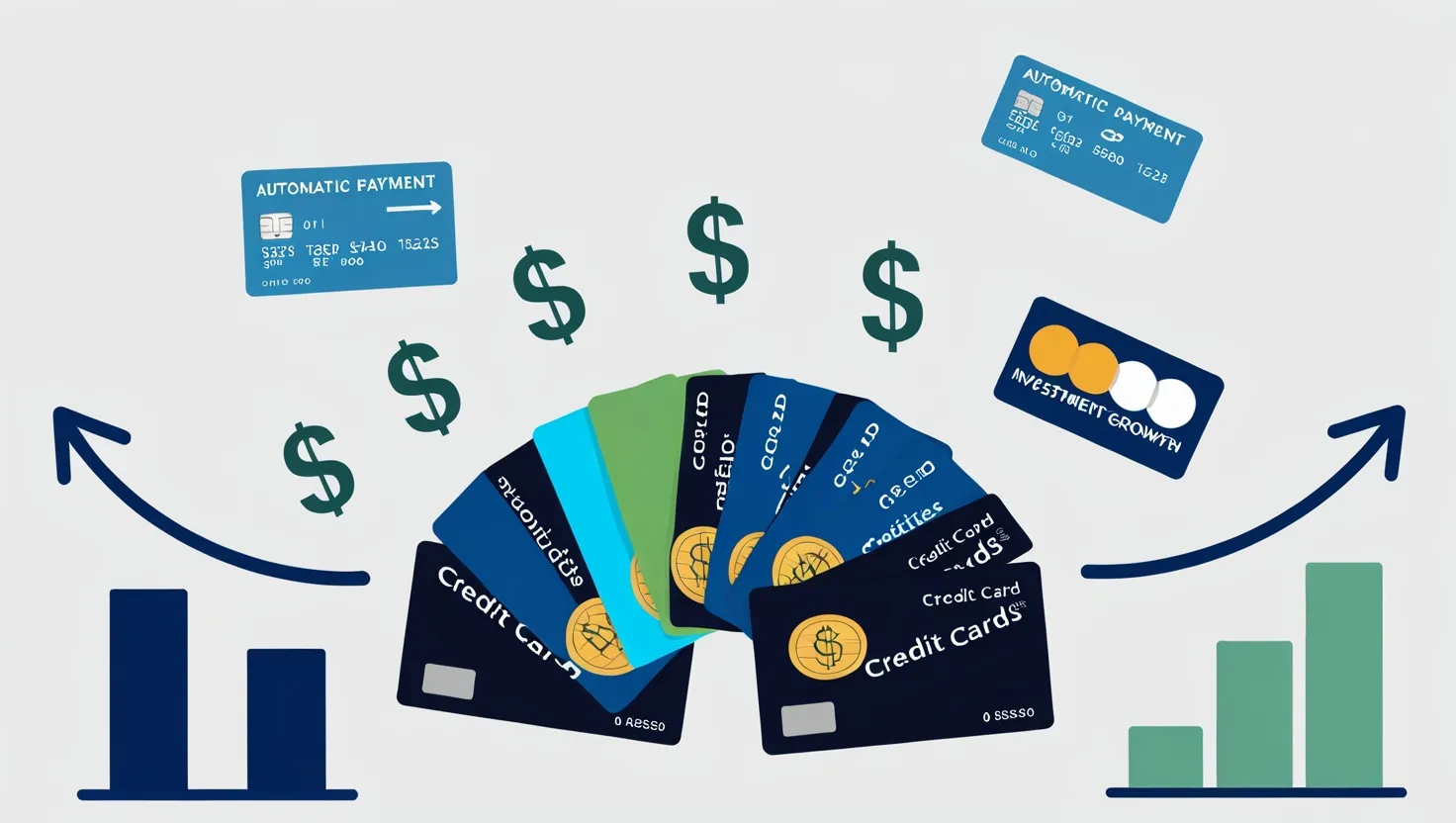The Phillips Curve: A Shifting Economic Paradigm
Economics can be a tricky beast, and nothing illustrates this better than the Phillips Curve. Once upon a time, this nifty little concept was the talk of the town among economists. It suggested a simple trade-off: when unemployment goes down, inflation goes up, and vice versa. Sounds logical, right? Well, hold onto your hats, because the economic world has been turned on its head in recent years.
Let’s take a stroll down memory lane. Back in the day, a clever chap named A.W. Phillips noticed something interesting in the UK. From 1861 to 1957, there was a clear pattern: when jobs were plentiful, wages went up, and so did prices. When jobs were scarce, wages and prices stayed low. It made sense - if employers needed workers, they’d have to pay more to get them.
This idea caught on like wildfire. Policymakers thought they’d struck gold. They could juggle unemployment and inflation like a circus act, keeping the economy in balance. Want to boost jobs? Just let inflation creep up a bit. Need to keep prices in check? Well, sorry folks, but unemployment might have to rise.
But here’s where things get interesting. In recent years, this relationship has gone haywire. We’ve seen unemployment drop to record lows in places like the US, but inflation has been as stubborn as a mule, refusing to budge. It’s like the Phillips Curve decided to take an extended vacation.
So, what’s the deal? Well, for starters, we live in a global village now. Big companies don’t just look in their backyard for workers anymore. They can hire from pretty much anywhere. So when jobs are scarce at home, they don’t necessarily have to hike up wages - they can just look overseas.
And let’s talk about workers for a sec. Back in the day, unions were a big deal, and workers had more bargaining power. Now? Not so much. Even when jobs are plentiful, many workers find it tough to negotiate better pay. It’s like trying to arm wrestle a gorilla - the odds aren’t in your favor.
But wait, there’s more! Remember when your grandparents used to talk about how a loaf of bread cost a nickel? Well, those days of sky-high inflation expectations are gone. These days, people expect inflation to stay low, and guess what? It often does. It’s like a self-fulfilling prophecy.
And don’t even get me started on technology. Robots and AI are changing the game. Companies can ramp up production without hiring more people or raising wages. It’s like having a workforce that never sleeps, never complains, and never asks for a raise.
Oh, and let’s not forget our uninvited guest - the COVID-19 pandemic. Talk about throwing a wrench in the works! It’s messed with unemployment, supply chains, and pretty much everything else. Trying to apply the Phillips Curve here is like trying to use a road map in a hurricane.
So, what does all this mean for the average Joe or Jane? Well, for starters, if you’re job hunting, don’t assume a low unemployment rate means fat paychecks. Companies have more tricks up their sleeves these days.
And if you’re worried about inflation eating away at your savings, you might be able to breathe a little easier. Low unemployment doesn’t automatically mean your money will be worth less tomorrow.
For the investors out there, it’s time to put on your thinking caps. You can’t just look at unemployment numbers and make predictions anymore. The economic puzzle has way more pieces now.
But here’s the kicker - this isn’t just about economics. It’s about how we understand the world around us. The Phillips Curve story shows us that even the smartest ideas can be turned on their head. It’s a reminder that we need to stay on our toes, keep learning, and be ready to change our minds when the evidence tells us to.
So, the next time someone starts talking about the Phillips Curve at a dinner party (and let’s face it, who doesn’t?), you can wow them with your newfound knowledge. You can tell them how this once-rock-solid theory is now more like a wobbly Jell-O mold.
In the end, the tale of the Phillips Curve is a bit like life itself. Just when you think you’ve got it all figured out, the world throws you a curveball. But that’s what makes it exciting, right? It keeps us on our toes, always learning, always adapting.
And who knows? Maybe in a few years, we’ll be talking about some new economic theory that turns everything upside down again. That’s the beauty of economics - it’s always evolving, always surprising us. It’s a bit like trying to nail jelly to a wall, but that’s what makes it fun.
So, as we navigate this brave new economic world, let’s keep our minds open and our thinking caps on. The Phillips Curve might not be the reliable old friend it once was, but it’s taught us a valuable lesson: in economics, as in life, change is the only constant.
Whether you’re a big shot policymaker, a savvy investor, or just someone trying to make sense of the financial news, remember this: the economy is like a living, breathing organism. It grows, it changes, it surprises us. And that’s what makes it so darn interesting.
So, the next time you hear about unemployment rates or inflation forecasts, take them with a grain of salt. Remember the Phillips Curve, and how it went from economic superstar to a cautionary tale. It’s a reminder that in the world of economics, nothing is set in stone.
And hey, if nothing else, you’ve now got a great conversation starter for your next dinner party. Just don’t be surprised if your friends’ eyes glaze over when you start talking about unemployment and inflation. But who knows? Maybe you’ll inspire the next great economic thinker. After all, stranger things have happened in the world of economics.
So here’s to the Phillips Curve - may it rest in peace, or perhaps, rise again in some new, unexpected form. In the meantime, let’s keep our eyes open, our minds sharp, and our economic theories flexible. Because if there’s one thing we can be sure of, it’s that the world of economics will never stop surprising us.






